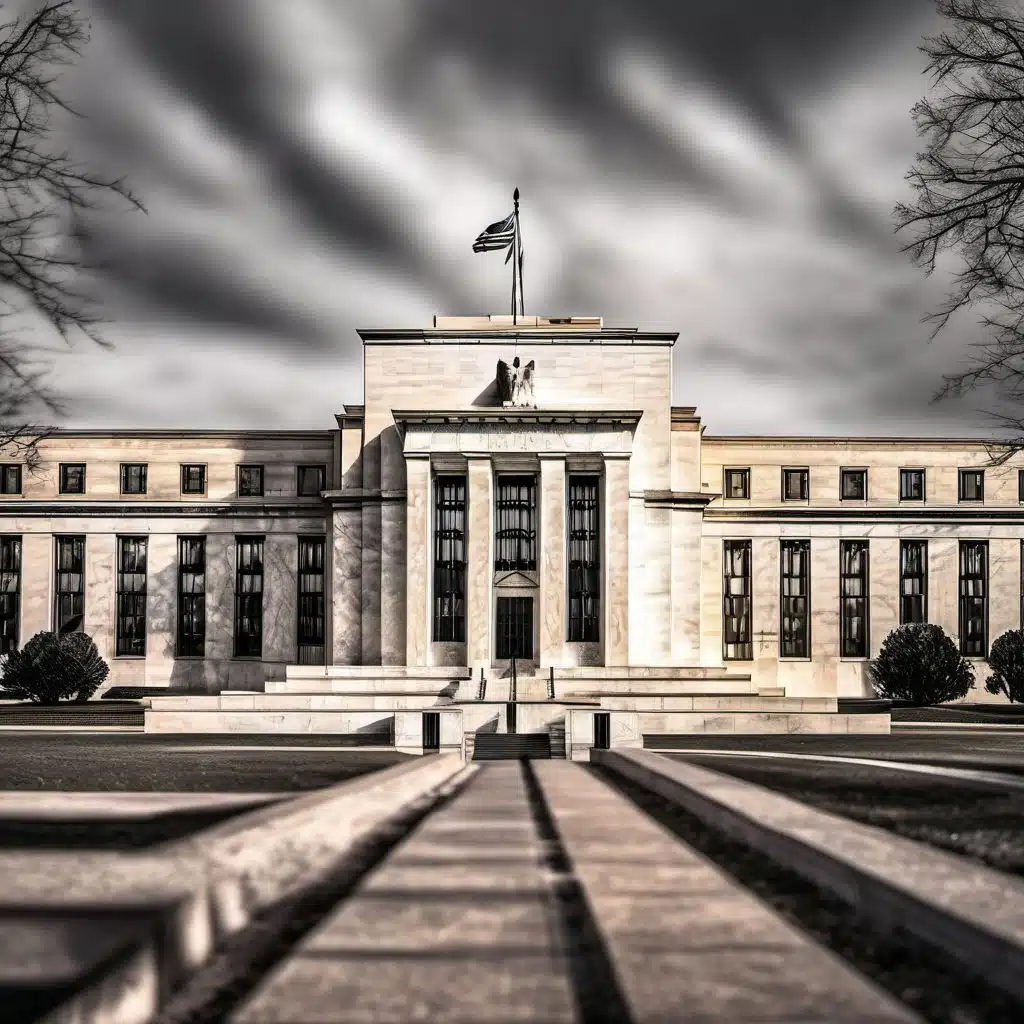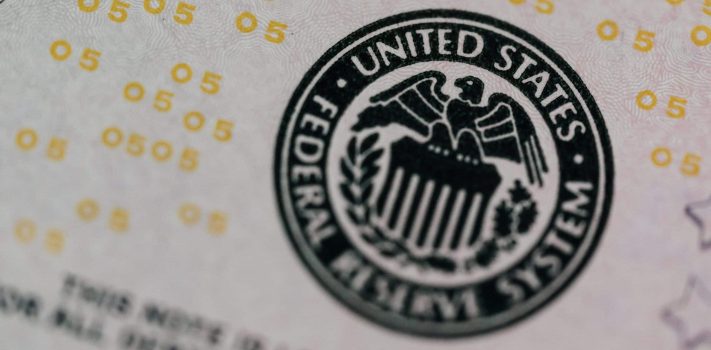
Federal Reserve Expected to Maintain Interest Rates Amidst Geopolitical Uncertainty.
The Federal Open Market Committee (FOMC) conceived it’s crucial two-day meeting today, culminating in the release of the Federal Reserve’s policy statement and a highly anticipated press conference with Fed Chair Jerome Powell. While market sentiment remains steadfast in its expectation that interest rates will remain within the 5.25% to 5.5% range.
Overwhelming Probability of No Change:
According to the CME Group’s FedWatch Tool, there is an astonishing 99.6% likelihood that the Federal Reserve will opt to keep interest rates unchanged. This prediction is consistent with last week’s data and represents a significant increase from 80.70% just a month ago. The upcoming December meeting also sees a significant 75% probability assigned to maintaining the current policy stance. These high probabilities indicate a broad consensus that the Fed is unlikely to make any adjustments in the near term.
Reasons for the Expected Pause:
The rationale for a continued pause in interest rate hikes is multifaceted. First, the eruption of conflict in the Middle East has elevated geopolitical uncertainty. The current economic landscape is plagued with uncertainty. The November Fed meeting could result in rates staying flat, providing small relief to consumers with variable funding sources.
Secondly, the Federal Reserve aims to allow the effects of previous interest rate hikes to fully manifest in the economy. The impact of these hikes on various sectors and economic indicators necessitates patience.
Thirdly, the rapid increase in bond yields has, in effect, already accomplished the Fed’s mission of tightening financial conditions. This tightening has particularly impacted long-term interest rates and triggered a slowdown in sectors sensitive to interest rate fluctuations, such as housing and high-value consumer items. The November could represent a hawkish pause by the Fed and has mostly been priced in by the bond market. Higher interest rates, lower stock prices, and a stronger dollar are doing the job for the Fed in tightening financial conditions.
Hawkish Headlines, Dovish Economic Strength: Breaking Down the Data, The “Data Driven” FED Looks At.
The GDP Advance report and the FED’s preferred inflation gauge, the core PCE price index, which recorded its largest increase in six months in September. The report on Gross Domestic Product for the third quarter indicates a substantial acceleration in real GDP, driven by increased consumer spending, largely for housing and utilities services, health care, financial services. For goods, consumer spending was up for prescription drugs, recreational goods and vehicles. Furthermore, there were downturns in nonresidential fixed investment and state and local government spending.
In terms of inflation, the personal consumption expenditures (PCE) price index increased by 2.9 percent, excluding food and energy prices, indicating signs of continued inflationary pressure.
Personal Income and Savings:
Current-dollar personal income increased, primarily due to higher compensation, although personal current transfer receipts saw a decrease. Disposable personal income increased in the third quarter. However, Real disposable personal income, registered a decline, reflecting the challenges posed by rising prices and inflationary pressures.
Personal saving, decreased in the third quarter, and the personal saving rate as a percentage of disposable personal income also declined. These indicators highlight the ongoing challenges faced by American households in managing their finances amidst inflationary pressures and economic uncertainties. This burdensome increase in costs reflected heavily in recent reports showing Consumer Debt now topping 17 Trillion. Credit card, and Personal Loan debts were up 16.9% and 22.1% respectively.
Consumer Confidence Declines for the 3rd Consecutive Month:
The Consumer Confidence Index from The Conference Board fell for a third consecutive month, dropping from 104.3 in September This reading exceeded the expected 100.0 level. The Present Situation Index saw a decline from 146.2 to 143.1. Expectations Index, which had been revised from 73.7, decreased to 75.6 from 76.4. Remaining below the crucial 80 mark that indicates an elevated risk of a recession.
Yellen Updates US Treasury Borrowing for 4th Quarter:
US Treasury Department said it expects to borrow $776 billion in the final quarter of this year, the most the government has ever borrowed during a fourth quarter. Albeit, the forecast is $76 billion less than the estimate Treasury made in August due to higher-than-anticipated tax collections in October. Lowering the estimate did provide temporary retreats for bond yields .
The Treasury also said it expects to borrow $816 billion in the first quarter of next year. That would also mark a record level of borrowing for a first quarter.
The risk of loss in trading futures and/or options is substantial and each investor and/or trader must consider whether this is a suitable investment. Past performance, whether actual or indicated by simulated historical tests of strategies, is not indicative of future results.









